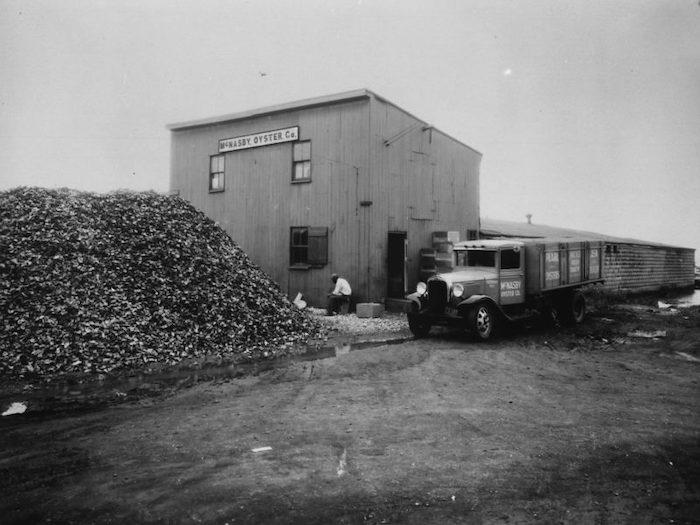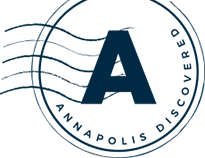The new “African-American Voices, Memories, and Places: A Chesapeake Crossroads Heritage Trail” is a virtual trail of African American stories, voices, video interviews, historical photos, and documentation in Anne Arundel County. The project was created by local and professional historians, genealogists, and citizens. While many of the 200+ historical sites identified on the trail are privately held or no longer in existence, there are some still standing. The Trail helps to document and share the stories that have been notoriously left untold or kept quiet throughout history. We owe our thanks to the local and professional historians, genealogists and citizens who worked to give us this collection of local history that helps us all better understand our past and present.
While you could spend hours exploring the Trail — and you should! — here we’ll dive into one piece of the Trail, Eastport, and share the stories of a few places that still stand today. Founded in 1868, the Eastport community is closely tied to the Chesapeake Bay. In the late 19th century, people of color acquired property and built homes through mortgages provided by the Workingmen's Savings and Loan. The residents of this tight-knit African American enclave supported themselves as watermen, building and repairing boats, and processing local seafood. The nearby U.S. Naval Academy and the Annapolis Glass Factory also provided opportunities for employment.
Utilizing the online Trail, you can “walk the streets” of Eastport clicking into map markers that reveal the African-American roots behind places many of us know, and some that are long gone. Familiar markers pop up on a stroll down Chester Street including:
Davis’ Pub
Previously the home of Davis Confectionary and later Davis Tavern, this building has served the community since 1986 as Davis' Pub. It is one of several businesses and dozens of properties owned by George Washington Davis, Eastport's most important African American Entrepreneur. Starting in the 1930s Davis operated a sweet shop, and then a tavern to serve African Americans who were denied access to white-owned restaurants and shops. He likely constructed the building himself. Davis' descendants still own the property today and it remains a popular local gathering spot.
Peerless Rens
A few doors down from Davis’ Sweet Shop is Peerless Rens - a social club formed by a basketball team of young African American men. One of the founding members included George Washington Davis’ best friend Charles “Petey” Smith. Still in operation today, it is the longest-serving African American institution in Annapolis. In this oral history excerpt from the trail, Smith’s family members, Stephanie McHenry and Ernest Smith share the club’s importance.
Mike’s Grocery Store
Mike's Grocery Store at Second and Chester Streets served Eastport's African American community during segregation. Another retail establishment, Leeward Market, now occupies this historic building.
McNasby’s Seafood

Now home to the Annapolis Maritime Museum, the McNasby Seafood and Oyster Company opened on Back Creek at the end of Second Street in 1919. Many people of color made their living here, shucking, sorting, cleaning, and packing oysters. The company's success depended upon these skilled workers who worked long days during the oyster harvest season from September through April. In addition to processing seafood, African Americans also plied the Chesapeake Bay as watermen and built and repaired boats at the African American-owned Thompson Boatyard, also on Back Creek. When McNasby's finally closed in 1985, it had the distinction of being the last surviving seafood packing house in Annapolis.
Want to keep walking the trail? Explore the Trail at your own pace here and check out Jamie’s interview with Chesapeake Crossroads and a stop in Galesville here.










